Seoul’s Autumn Splendour PRO TIP Korea is beautiful all four seasons, but it’s the fiery autumn that shows the city at its finest
Autumn photoshoots are all about lighting, and bright sunshine isn’t necessarily the best (except during the “golden” hours of early morning and late afternoon). Overcast days produce light that is soft and evenly spread, which brings out the autumn highlights and allows for full-day photoshoots. Be warned though: A heavy rainfall will quickly bring down the leaves, sometimes changing the landscape overnight.
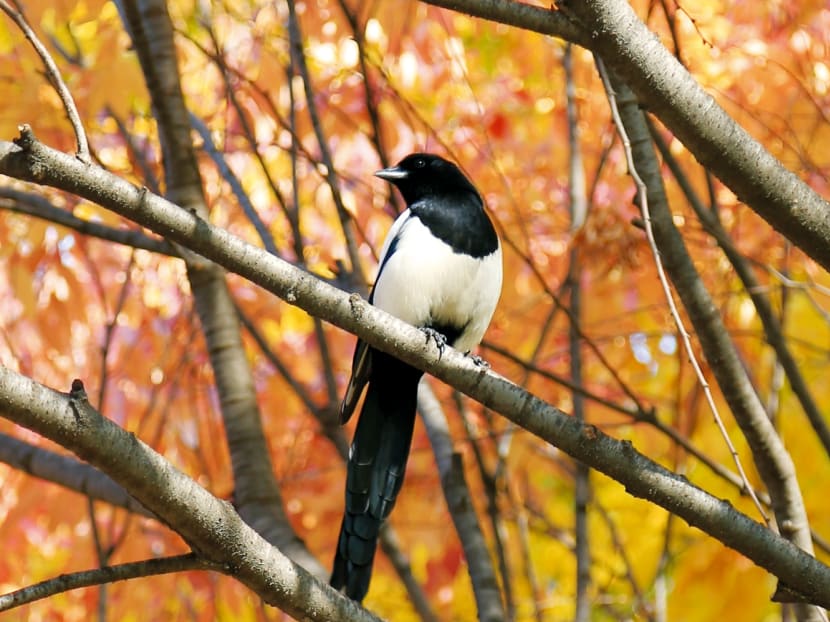
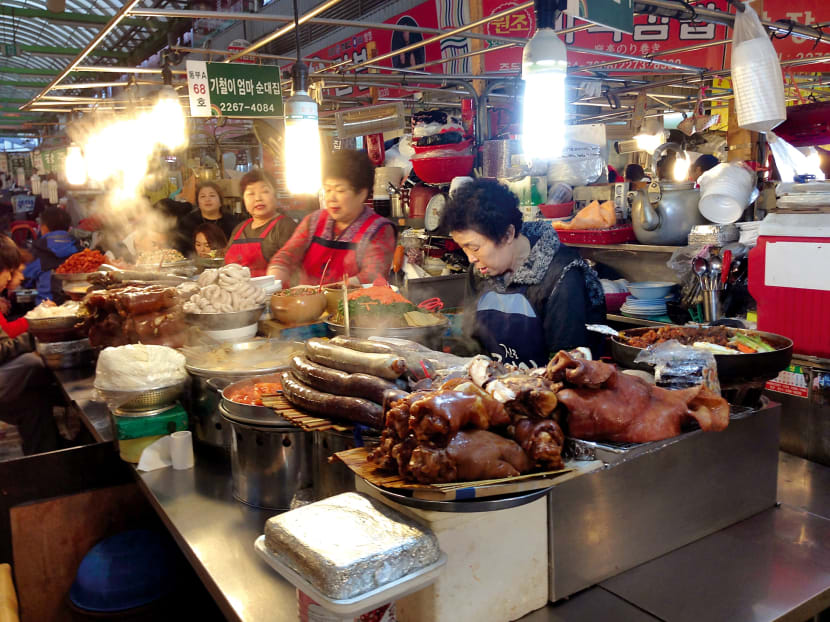
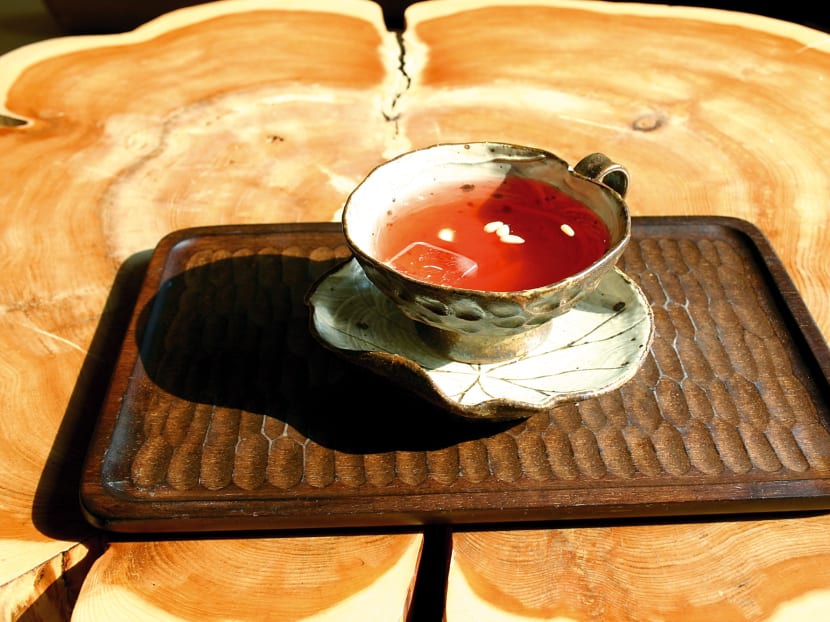
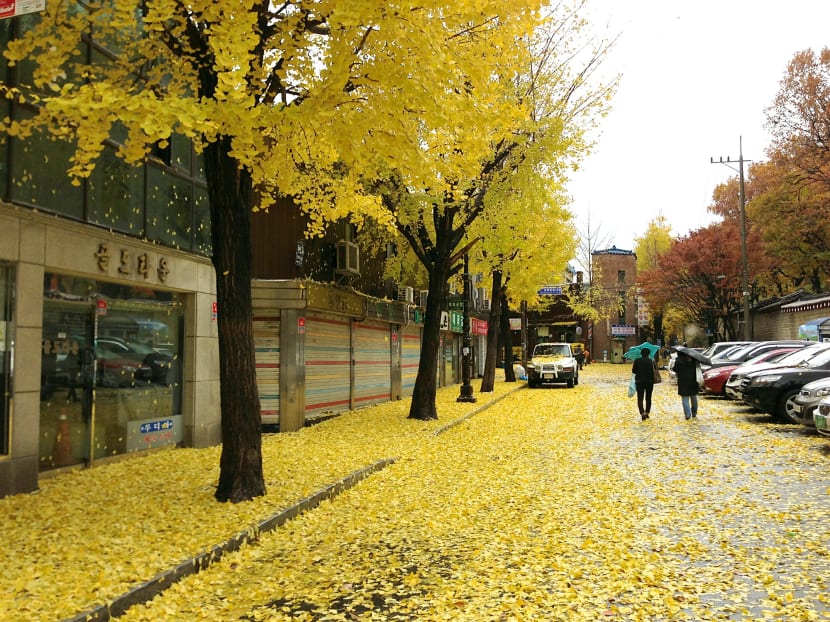
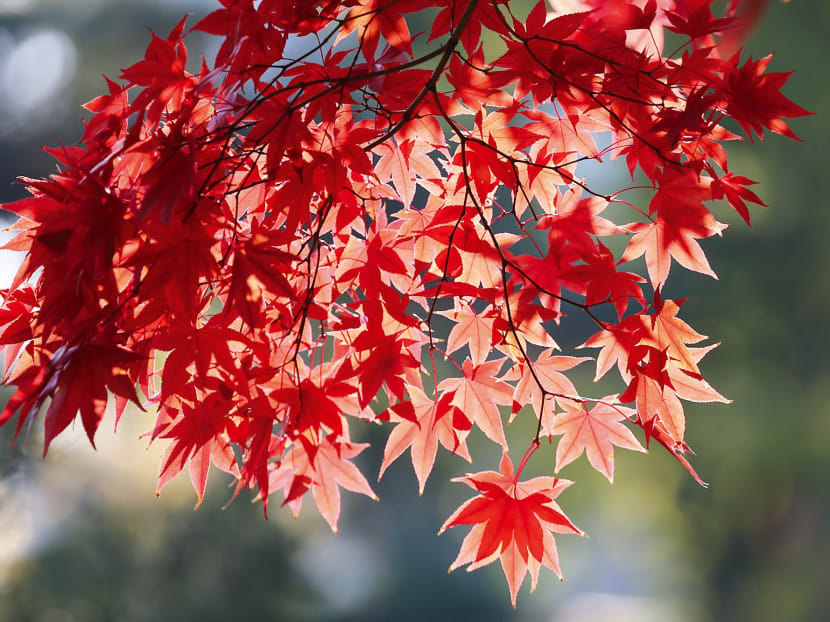
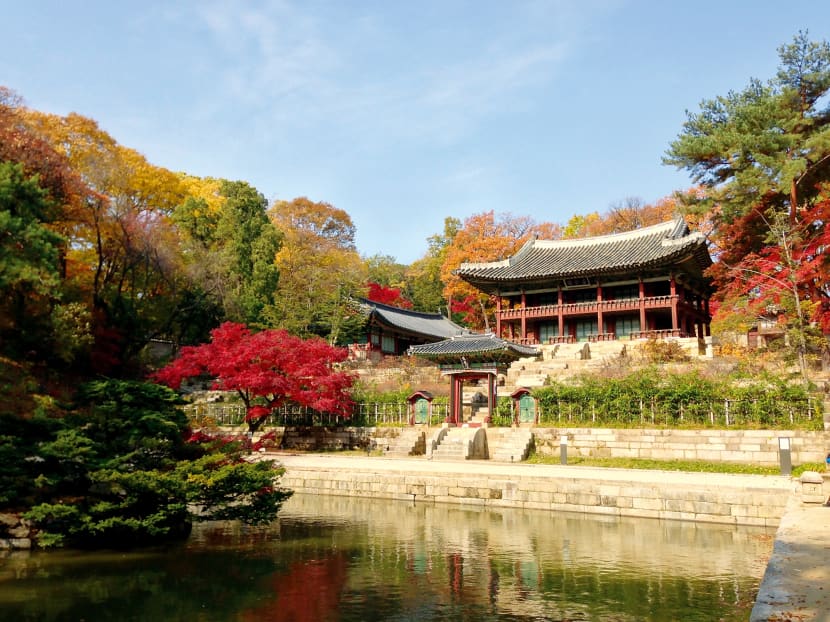
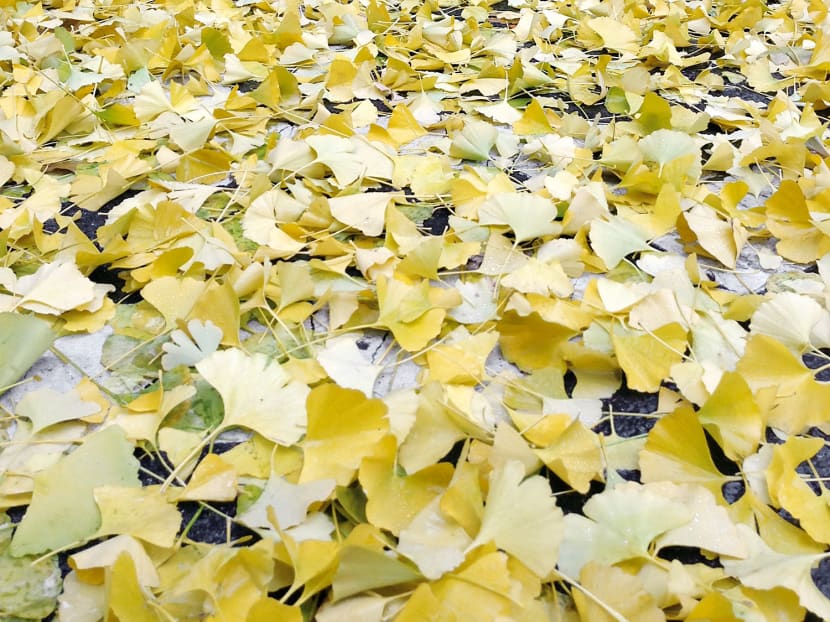
Autumn photoshoots are all about lighting, and bright sunshine isn’t necessarily the best (except during the “golden” hours of early morning and late afternoon). Overcast days produce light that is soft and evenly spread, which brings out the autumn highlights and allows for full-day photoshoots. Be warned though: A heavy rainfall will quickly bring down the leaves, sometimes changing the landscape overnight.
Living in Singapore, it’s easy to forget that much of the world doesn’t experience the same endless summers. One destination that reminds us, quite vocally, of its seasonal nature is South Korea. Its tourism board markets the country’s four seasons as a selling point. “Four seasons, four senses,” a recent campaign goes (and no, I’m not sure which sense they’ve left out either).
Seoul, in the country’s far north, has more pronounced temperate seasons than Busan or Jeju further south. And while each season has its particular charms, it’s the fiery autumn that shows the city at its finest. If you time your visit to match the peak of colours, there’s no more photogenic moment to explore the palaces, teahouses and hillsides of the city.
Korea’s autumn colours vary with each year’s weather, and the country gives out autumn leaf forecasts with the same enthusiastic frenzy that Japanese follow their Sakura blossoms. Around Seoul, leaves begin to turn by mid-October and reach a peak in early November.
Flames of the forest
As the autumn days shorten and cool, deciduous trees kill off the green chlorophyll in their leaves, allowing carotenoids and other hidden pigments to dominate. The end result are crowns of fiery reds, oranges and yellows.
Depending on the tree type and the stage it’s at, the colour landscape — particularly in a mixed forest — becomes nothing short of breathtaking. In Seoul, where the streets, parks and palace grounds have been amply planted with deciduous trees, some of the best for autumn colour displays are:
Ginkgo (Ginkgo biloba): This living fossil has distinctive fan-shaped leaves of brilliant yellow that carpet the streets, almost like a bright lemon snowfall. Watch for locals collecting the edible ginkgo nuts too.
Japanese maple (Acer palmatum): This turns a bright crimson, orange, or yellow at its peak. Many of the palaces and shrines are planted with these palmate, slender-leaved trees, which look particularly dramatic around ponds.
Keyaki (Zelkova serrata): The alternating, ellipitical leaves of this tree turn yellow and orange in autumn, often lining the forest floors in the parks and palaces.
Sycamore (Platanus occidentalis): The leaves resemble the Canadian maple, the smooth bark has a “camouflage” look. Sycamores line many of Seoul’s streets, and often show an irregular mix of green, orange, yellow and red.
Location, location, location
Here are some of the best places around the city to view autumn colours.
Namsan Mountain: It’s always good to start with a view, and Namsan Park — in the midst of the city, where Seoul Tower rises above the landscape — is probably the best place to get the lay of the land. The mountain is veined with hiking paths, where you can walk beneath the falling leaves as you ascend to the top for unparalleled panoramic views of the city and hillsides turning to fire.
Changdeokgung Palace: This beautiful 14th century palace, which has been a poster-child both for UNESCO and for popular Korean dramas, is integrated with the natural beauty of the landscape and looks particularly resplendent in the autumn. From great, imposing courtyards to quiet tree-lined ponds, Changdeokgung in autumn gives you a sense of otherworldliness, as if you have stepped back into the magic of an earlier time.
Jongmyo Shrine: Not far from Changdeokgung Palace is the much quieter Jongmyo Shrine, where temples, pagodas and small palaces line quiet ponds. The grounds are criss-crossed with walking paths and it’s easy to find yourself alone beneath the autumn trees. Easily one of the most photogenic sites in the city.
Cheonggyecheon Stream: About a decade ago, as part of a massive urban renewal, this small river that traditionally flowed through the city was restored. It is startling to find this wending, clearwater stream, with its small waterfalls, fish and natural vegetation right in the middle of a populous city. From the moment it was opened, it became immensely popular with locals and is now one of Seoul’s cultural and environmental touchstones.
Insadong: An autumn favourite, not because trees are its major feature, but simply because the place exudes such perfect charm in any season. Winding alleyways, hole-in-the-wall teahouses, and gallery after gallery. What could be nicer after a day of hiking mountains or wandering palace grounds, than to nestle over a cup of tea in Seoul’s most vibrant, artistic neighbourhood?
GETTING THERE
Singapore Airlines, Korean Air and Asiana fly direct to Seoul daily, with prices starting from S$600. Indirect flghts on China Airlines, Thai or China Eastern will be cheaper. Getting around Seoul is easiest through public transit and the excellent bus and subway systems.
WHERE TO STAY
Small, attentive guesthouses like Mama Hanouk (near Changdeokgung) offer the quietude of winding back alleys and the traditional Korean experience of sleeping on heated floors (S$105).
If it’s five-star comfort you’re looking for, then the Conrad, Lotte Seoul and Plaza come with all the expected luxuries (S$450 and up). Being within walking distance of the sights and colours is a bonus.
The Insadong/Jongno area is particularly good, though Namsan offers those autumn mountain views.
HIGHLIGHTS
No trip to Seoul would be complete without visiting markets like Dongdaemun and Namdaemun, where you can stock up on everything from spicy kimchi chocolates, ginseng, dried seaweed to a vast array of clothing.
The cool weather brings on cosy, tented foodstalls on the streets, and there’s nothing like a good Korean barbecue or hot bowl of bibimbap to warm you after a day’s outing.
The artistic-minded will spend hours wandering the galleries of Insadong, while a hike up Namsan mountain can be rewarded with a birds-eye view from Seoul Tower, the highest point in the city.





